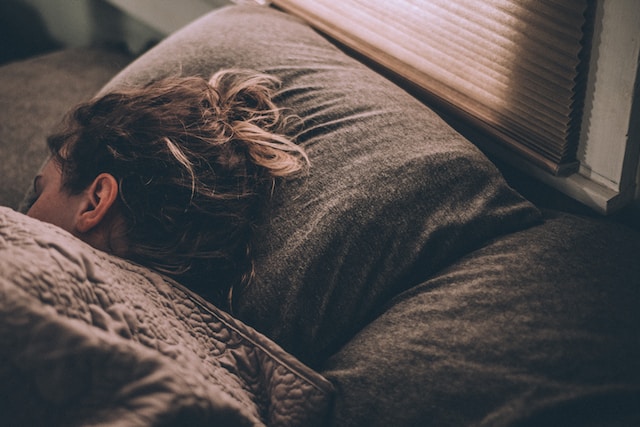Title: The Surprising Science of Sleep: How Temperature Affects Your Zzz’s
Subtitle: Unveiling the Intricate Relationship between Temperature and Restful Slumber
Date: June 1, 2023
By [Your Name], Staff Writer
Introduction:
In our eternal pursuit of a good night’s sleep, we often overlook a critical factor: temperature. While we pay attention to the quality of our mattresses, the softness of our pillows, and the darkness of our bedrooms, the impact of temperature on sleep quality often goes unnoticed. However, recent scientific studies have revealed the surprising ways in which temperature influences our sleep patterns. Let’s explore the intriguing science behind sleep temperature and uncover the secrets to a truly restful slumber.
The Connection Between Temperature and Sleep:
Experts in the field of sleep science have long emphasized the significance of maintaining a comfortable sleep environment. It turns out that temperature plays a crucial role in determining the quality and duration of our sleep. Recent research suggests that the ideal temperature range for optimal sleep lies between 60 and 67 degrees Fahrenheit (15 to 19 degrees Celsius). This temperature range allows our bodies to facilitate the natural cooling process required for initiating and maintaining sleep.
The Complex Mechanisms at Play:
Understanding the intricate relationship between temperature and sleep requires a closer look at our body’s thermoregulation system. Our body temperature follows a natural circadian rhythm, which gradually drops in the evening to prepare us for sleep. This drop in core body temperature triggers the release of sleep-inducing hormones, such as melatonin, allowing us to drift off into a peaceful slumber. By optimizing the temperature of our sleep environment, we can support and enhance this natural process, leading to more restful sleep.
The Role of Thermoneutrality:
The concept of thermoneutrality is essential in understanding the effects of temperature on our sleep. When our sleep environment is thermoneutral, our body doesn’t have to work to either cool down or warm up. This state of balance allows our body to devote its energy to rest and rejuvenation. Cooler temperatures are particularly beneficial as they minimize energy expenditure on temperature regulation, thereby enhancing sleep efficiency.
The Impact on Sleep Disorders:
Exploring the connection between temperature and sleep disorders reveals further insights into the importance of finding the optimal sleep temperature. Individuals with conditions like insomnia or certain sleep apnea disorders often struggle with temperature dysregulation. By creating a conducive sleep environment, we may potentially alleviate some of the symptoms associated with these disorders, leading to improved sleep quality and overall well-being.
Practical Tips for Achieving the Optimal Sleep Temperature:
- Experiment and Monitor: Begin by setting your thermostat within the recommended range and observe how your sleep quality improves. Fine-tune the temperature until you find the sweet spot that works best for you.
- Enhance Bedding and Pajamas: Choose breathable, moisture-wicking fabrics for your sheets, pillowcases, and sleepwear. These materials promote temperature regulation and help maintain a comfortable sleep environment.
- Ventilation and Airflow: Proper air circulation in your bedroom is crucial for maintaining an ideal sleep temperature. Consider using fans or opening windows to facilitate airflow if necessary.
- Embrace Technology: Smart thermostats allow you to program and control your room temperature, ensuring it stays within the desired range throughout the night. Embracing technology can simplify the process of optimizing your sleep environment.
Conclusion:
The surprising science behind sleep temperature reveals that finding the right balance is crucial for achieving a good night’s rest. By understanding the impact of temperature on our sleep patterns, we can make informed adjustments to our sleep environment and enhance our sleep quality. By maintaining an optimal sleep temperature within the recommended range, we can support our body’s natural cooling process, improve thermoneutrality, and pave the way for truly rejuvenating slumber. So, tonight, take a step towards better sleep by exploring the intricate connection between temperature and your Zzz’s, and unlock the secrets to waking up refreshed and revitalized every morning.












